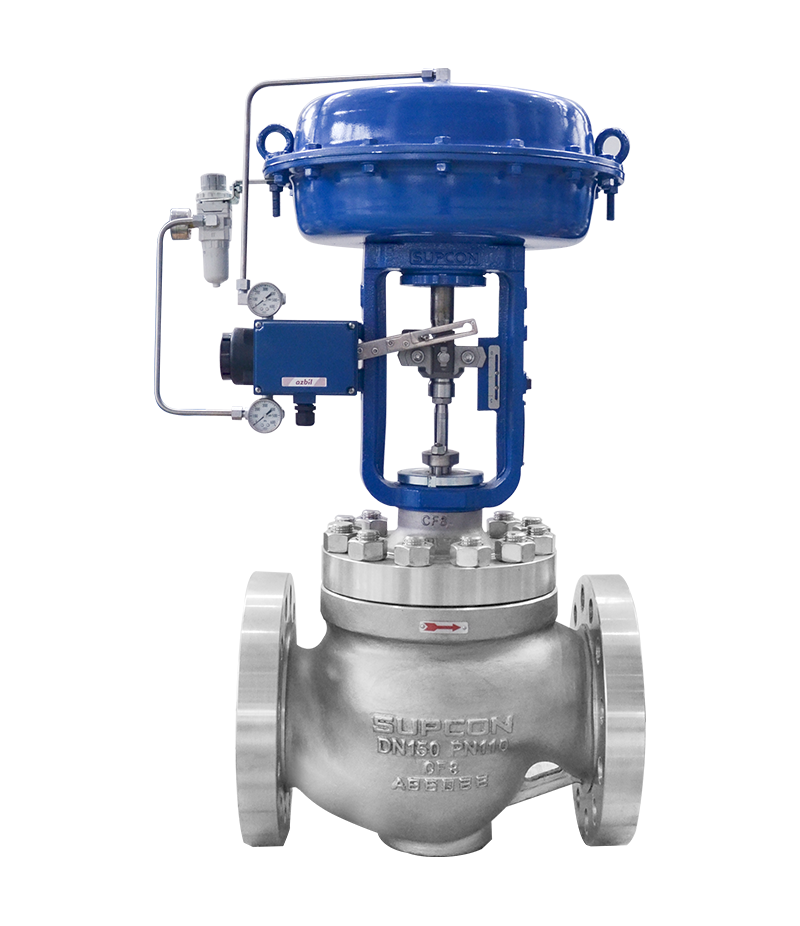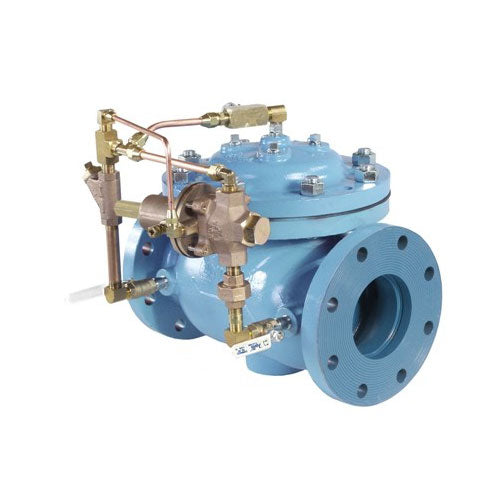The Function of Control Valves in Liquid Circulation Management Systems
The Function of Control Valves in Liquid Circulation Management Systems
Blog Article
Achieve Seamless Combination and Control With High Quality Building Automation Controls
In the realm of contemporary building management, the relevance of top quality building automation controls can not be overstated. Embracing quality building automation controls is not merely a matter of convenience yet a strategic crucial for companies aiming to enhance their facilities' performance and sustainability.

Advancement of Structure Automation Controls
Throughout the previous few decades, the evolution of building automation controls has actually significantly transformed the way buildings are handled and run. Initially, developing automation systems largely concentrated on standard functions such as managing air, home heating, and ventilation conditioning (HVAC) systems. Nonetheless, as innovation advanced, these controls have come to be a lot more sophisticated, permitting for a broader series of structure systems to be integrated and taken care of centrally.
The advancement of developing automation controls has seen a change towards even more intelligent systems that can adjust to changing conditions in real-time. This flexibility is essential for enhancing energy effectiveness and ensuring resident convenience. In addition, modern building automation controls now use attributes such as predictive maintenance, remote surveillance, and data analytics, making it possible for center managers to make data-driven choices to boost building efficiency.

Benefits of High Quality Integration
The advancement in building automation controls towards even more smart systems has actually highlighted the considerable benefits of quality assimilation in maximizing structure operations and enhancing overall performance. Quality combination of developing automation controls provides a number of vital benefits. First of all, it causes enhanced power effectiveness by allowing various systems to collaborate perfectly, ensuring optimum performance and reducing power wastefulness. High quality integration improves owner comfort and efficiency by making it possible for customized control over ecological setups like air, temperature, and lighting high quality. This modification can result in a much more comfy and conducive working or living environment. Additionally, high quality assimilation streamlines upkeep and fixing processes, as all systems are adjoined and can be checked and controlled from a central user interface. This central control additionally provides better exposure and understandings into building efficiency, enabling aggressive upkeep and optimization techniques. On the whole, the advantages of high quality combination in building automation controls are undeniable, offering increased performance, convenience, and operational effectiveness.
Boosted Customer Experience and Availability
Enhancing individual interaction with structure automation controls via instinctive design and enhanced availability elevates the general experience for occupants and center supervisors alike. By concentrating on user experience, constructing automation systems can end up being much more straightforward and efficient. Instinctive user interfaces, clear navigating, and personalized setups equip customers to engage with the controls quickly and effectively.
Availability features play a crucial role in making sure that all people, including those with handicaps, can utilize the structure automation manages effortlessly. Including attributes such as voice commands, responsive switches, and color-contrasted display screens can enhance ease of access and make the controls extra inclusive.
Furthermore, improved user experience results in higher individual satisfaction, boosted efficiency, and much better decision-making. Owners can adjust ecological setups according to their choices, while center managers can effectively check and take care of building systems - control valves. In general, prioritizing user experience and accessibility in building automation regulates adds to a much more effective and smooth building atmosphere for all stakeholders involved
Sustainable Practices Through Automation

Furthermore, automation can promote the assimilation of renewable energy sources such as solar panels or wind turbines into structure procedures. Through automation, buildings can line up with modern-day sustainability goals and contribute to a greener future.
Future Trends in Structure Control Systems
In expectancy of progressing innovations and developing sustainability techniques, the trajectory of building control systems is positioned to accept transformative techniques and ingenious solutions. One prominent fad shaping the future of structure control systems is the boosted integration of Artificial Knowledge (AI) and maker learning. These innovations enable buildings to adjust in real-time to transforming conditions, maximizing energy usage and improving convenience for owners. In addition, the Net of Things (IoT) is reinventing structure control systems by connecting tools and sensing units to improve procedures and improve performance.
One more vital trend is the emphasis on cybersecurity steps to shield against potential threats to building automation systems. As buildings become much more interconnected, ensuring durable cybersecurity procedures will certainly be crucial to safeguard sensitive information and avoid unauthorized gain access to.
In addition, the change towards cloud-based platforms is acquiring momentum, permitting systematized control and remote access to structure systems. This helps with simpler tracking, maintenance, and updates, enhancing the total efficiency and versatility of building control systems. As technology remains to breakthrough, these fads are anticipated to read this form the future landscape of structure automation controls, driving advancement and sustainability in the built setting.
Conclusion
Future patterns in building control systems are most likely to focus on additional boosting automation capabilities for improved energy effectiveness and overall efficiency. It is crucial for structure proprietors and operators to focus on the fostering of quality structure automation controls to enhance building procedures and attain long-term sustainability goals.
In the realm of contemporary structure management, the relevance of top quality building automation controls can not be overemphasized. Overall, the development of building automation manages continues to drive advancement in the building administration market, using brand-new opportunities for developing smarter and extra lasting structures.
The advancement in building automation manages towards even more smart systems has actually underscored the considerable advantages of high quality assimilation in enhancing structure operations and enhancing overall efficiency. Generally, focusing on user experience and access in structure automation controls adds to a more smooth and productive structure environment for all stakeholders involved.
It is crucial for building owners and drivers to focus on the fostering of quality structure automation manages to optimize structure procedures and achieve long-term sustainability objectives. - control valves
Report this page